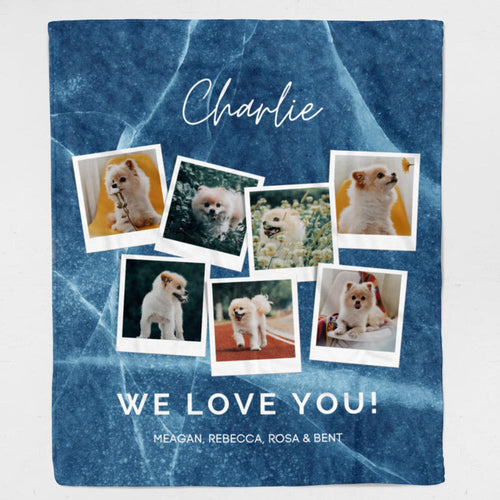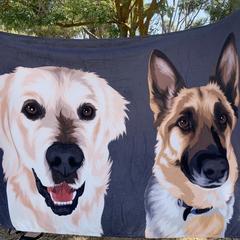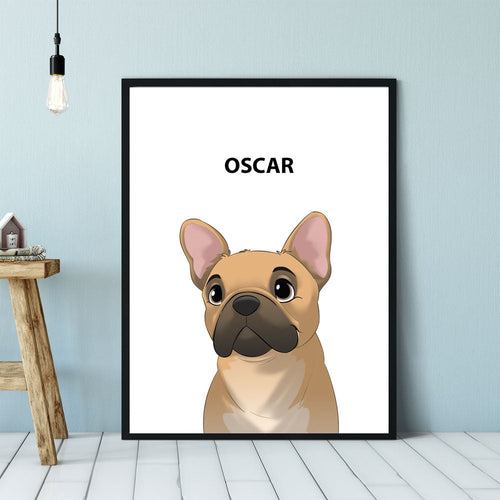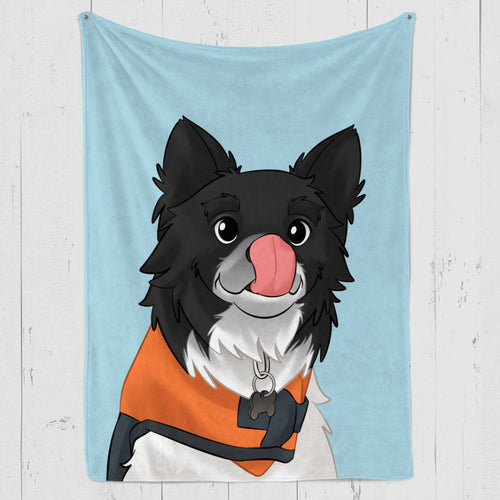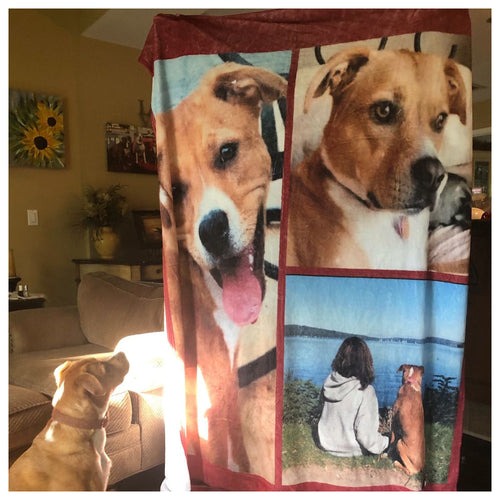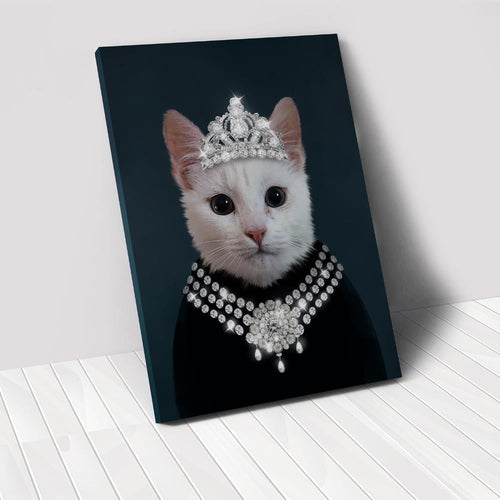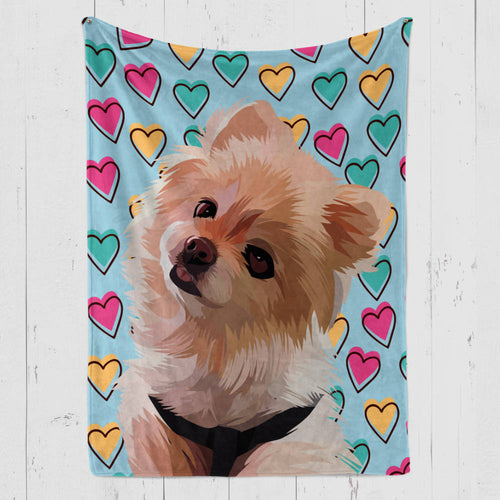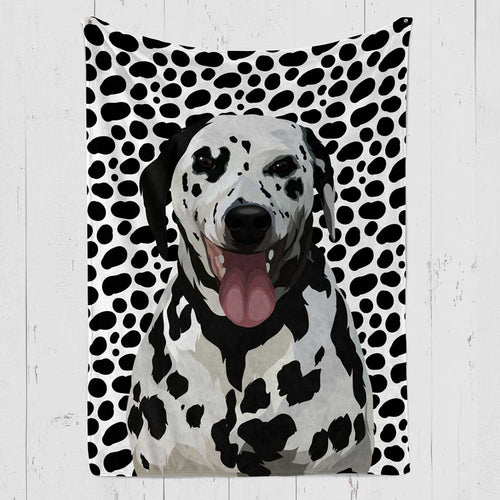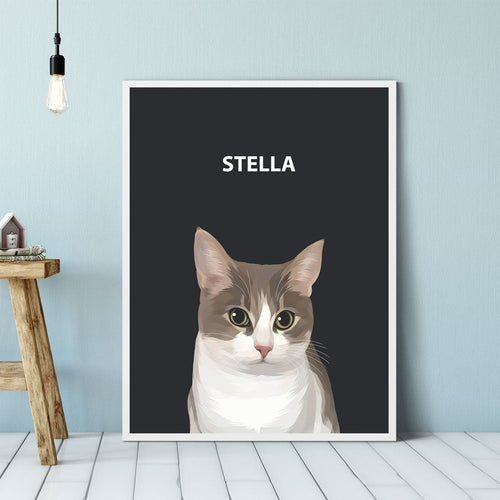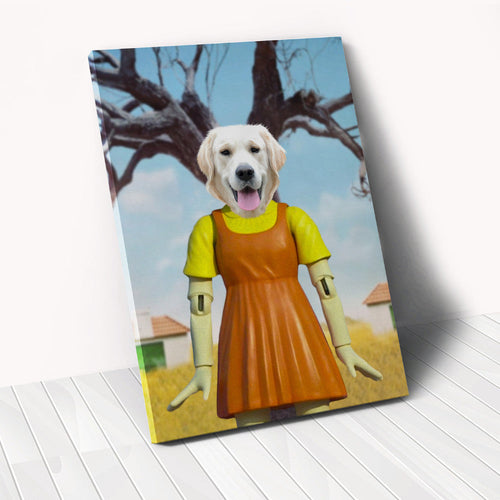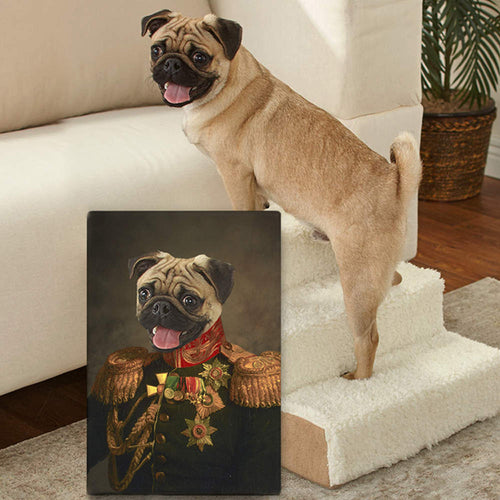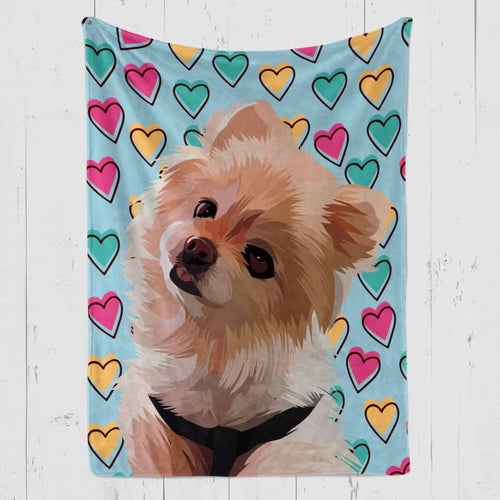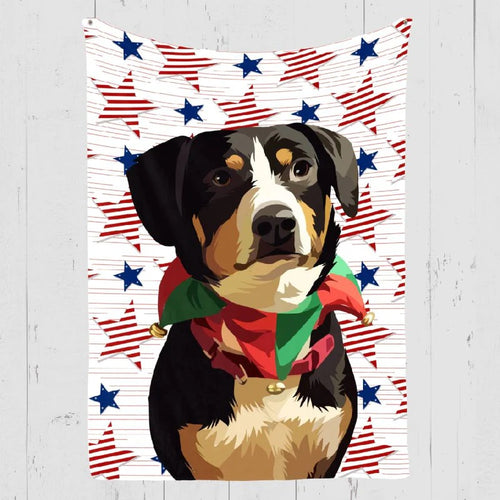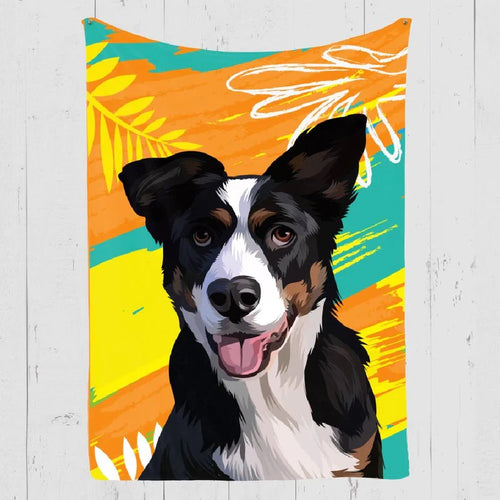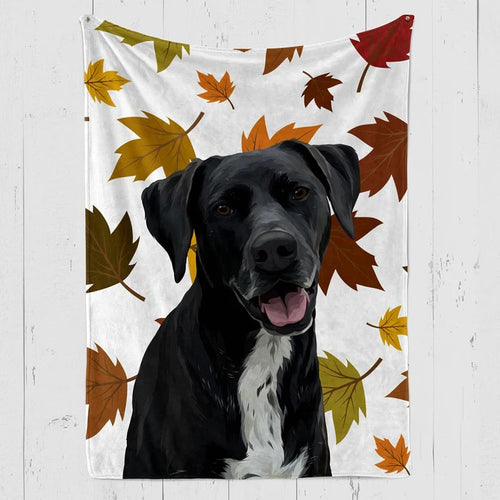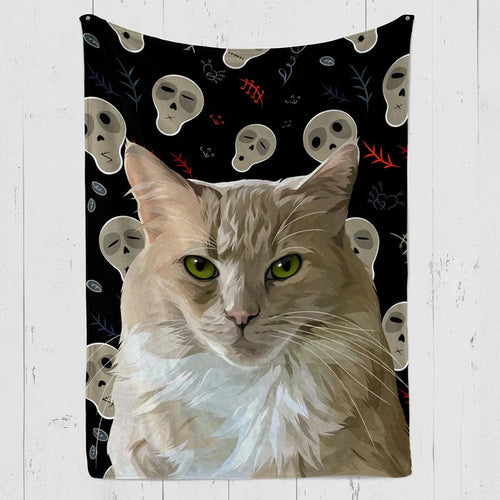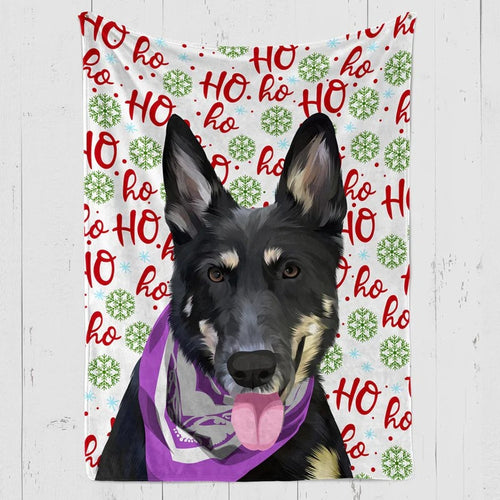
Training a dog can be a tedious task for almost all dog owners. And you know why! Nevertheless, if you get the right tools and techniques in place, the workload is majorly reduced. And talking about one such tool category, we have training collars as one of them. These types of collars are specifically used to build a positive and healthy training experience for both of you- You and your cute little dog. It is therefore significant for you to train your dogs in the most effective and humane way to help or them learn patterns of behaviour.
Coming to the specifications part, every dog or puppy requires a collar to hang their leash, licence, identity card as well as an updated vaccination tag. No matter whether you wish to teach them obedience, help your dog learn his boundaries, be as cheerful as it can or prevent excessive barking at strangers, these collars are perfect to help you out.
Here in this article, we’ll list a range of popular training collars that are available in the market, along with their advantages and other specific features. Throughout the article, you’ll discover that there’s a range of collars for training that exists and depending on the type of dog you’ve, you can get a customized one too!
Why Should I Use A Training Collar For My Dog?
Many people cross-question the necessity for using training collars for their dogs. In all, they argue with the statements which say that behaviour change and positive reinforcement in dogs are very difficult to achieve. The most frequent reason they state for this explanation is that most dogs forget things just like humans do. Therefore, utilizing a pure and accurate form of positive reinforcement becomes difficult. A dog can be trained to walk politely on a leash, stop barking at gardeners outside the house, halt when they approach their front door, and much more with the help of the proper training collar.
How Can A Dog Training Collar Be Used?
Before your dog has a good understanding of fundamental commands, do not dive in headfirst to the realm of training collars.
For dogs younger than six months old, most training collars that produce sound, vibration, or static shocks are not recommended. Even though using clicker training or positive reinforcement instead of a collar is advised as a first step in training.
Once you start collar training, make sure it fits your dog properly—not too loosely or tightly—by following the manufacturer's instructions before using it. Prior to moving on to any kind of static shock, start with noises, tones, and vibrations.
Take particular note of your dog's reactions, and do frequent checks for inflammation on the area just below the collar. Finally, to avoid one place getting painful, it's a good idea to rotate the collar every hour or so. Training collars should only be used during training sessions and for no more than a few hours at a time.
Any training method aims to create constructive responses to undesirable actions. It's time to switch to a different collar if your dog doesn't respond well to the one you've picked or develops a phobia of you or the collar.
What Are The Different Categories of Dog Collars?
Dog training collars come in a wide variety of designs. So what makes them different from one another?
The needs of your dog will determine the sort of collar you select. Some are employed to teach positive behaviours, while others are used to correct negative ones. Start with a soft collar that might help to promote good behaviour if you have a puppy that is still learning the ropes.
A "choke-chain" or prong collar that applies enough pressure to deter future undesired behaviour may be helpful for dogs who require additional discipline.
Dog collars can be divided into 3 significant categories:
- Gentle Training Collars- These are used to correct undesirable behaviour (such as the Halti) or to teach desirable behaviour (such as slip collars).
- Neck Collars- Prong collars and choke chains are examples of neck collars that are used to correct inappropriate behaviour.
- Body Harnesses - These collars offer comfortable and effective control of your dog while offering the necessary discipline.
What Are The Different Types Of Dog Training Collars?
The four main categories of collars are choke chain, buckle, slip, and head halter.
1. Buckle Collar

One of the most widely used, yet least effective, dog training collars is the buckle collar. The buckle collar might work for tiny dogs, but because it can't provide as much control as other types of collars, it might not work as well for larger dogs. The collar can be simply adjusted, and even if your dog pulls on the leash, it won't choke them.
2. Choke Chain

Another well-liked design of the dog training collar is the choke chain, which is constructed of metal links that tighten around your dog's neck when they tug on the leash. When your dog pulls on the leash or acts disobediently, it tightens around his neck, giving him an uncomfortable feeling that prompts him to want to quit what he was doing.
When facing your dog, arrange the collar so that it resembles the letter "P" and fasten it in that position. As a result, the chain will release when pressure is reduced when walking your dog on your left. If you put it in the wrong position, the chain won't loosen when you reduce the pressure, negating the effects of the collar.
3. Prong Collar
Despite its popularity, the prong collar is a common style of training neck collars. When the dog is pulling, pressure is applied to the dog's neck to make it work. This pressure is intended to stop your dog from pulling on the leash and encourage them to pay closer attention to you, their handler.
4. Head halter (Halti or Promise Collar)

Without reins, it resembles a horse's bridle for humans. A kind of training collar made to be soft on your dog's neck is the Halti or Promise Collar. The greatest candidates for this collar are pulling dogs that also have sensitive necks. Compared to conventional collars like choke or prong collars, it eases their discomfort. Frequently, training is required to use this kind of collar.
By putting on the halter and then rewarding your dog, you can help them become acclimated to wearing it. Associating the collar with something positive, like a significant reward, will help them to forget that it is on. Strong pullers can benefit greatly from this style of harness.
5. Slip Collar
One of the kinder training collars is the Slip Collar, which resembles a Martingale Collar. When your dog pulls, it gets tighter around its neck, but unlike a choke chain collar, it doesn't suffocate them. This collar should be worn high on the dog’s neck, just below the ears.
This positioning guarantees that the collar will never extend past the dog's jawline when it is tightened. Additionally, it aids in placing your dog's head in a natural position, reducing the likelihood that it may pull forward or to the side when out for a walk. This kind of training collar is a terrific choice if you're looking for a new one. For the majority of dogs, it works perfectly and is mild.
How Can I Choose The Right Training Collar For My Dog?
It is the duty of dog owners to constantly keep their dogs safe. Whether you have a small furry buddy or a pack of hunting dogs, you must make sure they are always safe from harm.
Finding a training collar that will work best for you and your dog requires doing this. But how can you decide which dog training collars to buy when there are so many possibilities and new items are coming out so frequently?
Woof Blankets are a wonderful alternative that you may want to consider! They have a wide selection of entertaining dog training collars to assist you with the chaos. You only need to take a seat, scroll, make a decision, and unwind.
What Collar Works Best for Training Dogs?
Your distinctive needs should be taken into account when looking for the ideal training collar. Finding the ideal collar for you and your dog depends on how each dog is trained because every dog is unique. For each style of collar we cover, we've included our top picks. To be sure you know how to use any collar properly, be sure to consult your veterinarian and a trainer.
Is a Flat Buckle Collar Sufficient for Basic Dog Training Needs?

Absolutely, yes! This is merely a traditional flat collar, typically made of leather, cotton, or nylon. What makes this style of collar so good, you might wonder. The handler, not the collar, is what makes the difference. The secret is having the right skills and training.
The best aspects of this kind of collar are that they are humane and can offer long-term remedies to pulling. You could also wonder why flat collars aren't more frequently advised for tugging issues. The issue is patience. not the dog's patience, but the handler's. It is advised to wear a flat collar with a belt buckle style clasp because it is easily adjusted and never slips.
Frequently Asked Questions:
What is a Martingale collar and how well does it work for training?
These collars include a unique fabric loop for the leash attachment. That extra loop of fabric tightens the collar without suffocating your dog if they struggle to get out of it or try to shake it off. If they tug or shake their way out of the collar forcefully. Martingale collars are the best choice for dogs who are learning to walk on a leash or have smaller necks, such as Greyhounds.
Are head collars a useful tool for training dogs?
A head collar is a fantastic choice for powerful, vivacious dogs that might jump or pull. Your dog loses a lot of leverage and is unable to pull on the leash with the full force of its body since the halter is around its muzzle rather than its neck.
What are remote training collars, and is training with them advised?
With the use of static stimulation and noise, remote training collars let you regulate your dog's conduct. It is a fantastic training collar for larger dogs and includes 16 stimulation levels to assist you in teaching your pet friend. Both interior and outdoor situations call for these collars.
Takeaway
In a nutshell, there are different categories of dog collars available, but you need to identify the one that best suits your pup and doesn’t cause any discomfort to its daily lifestyle. Follow this blog while taking your pick and make sure to check out the different collars available with Woof Blankets.
Sources (Website Name And Links)
- https://www.kingsdale.com/the-different-types-of-dog-training-collars
- https://www.caninejournal.com/dog-training-collar/
- https://www.purewow.com/family/best-dog-training-collars
- https://www.humanesociety.org/resources/dog-collars
- https://www.collegian.psu.edu/studentreviews/best-dog-training-collars/article_becbe4ca-4e56-11ed-9eec-bbc2ca6fef71.html
- https://www.usadogbehavior.com/blog/2022-9-28-what-is-the-best-dog-collar-to-stop-pulling
Recommended Articles :
Latest Review on Woof Blankets
To have such a masterpiece by my side every day is a gift for me and my memories with Rex. Thank you WoofBlankets for such an opportunity to recreate his image on a blanket.Lara o’ Miguel US, California

COLLECTION WORTH EVERY PENNY
BEST SELLERS
-
Woofy Single Color Custom Pet Blanket
![Woofy Single Custom Pet Blanket – Woof Blanket]()
- -41%
BlanketsSHOP NOW- Regular price
- from $64.95
- Sale price
- from $64.95
- Regular price
-
$109.95 - Unit price
- per
Sold out -
Exclusive Christmas Custom Pet Blanket
![Exclusive Custom Pet Blanket]()
- -39%
BlanketsSHOP NOW- Regular price
- from $69.95
- Sale price
- from $69.95
- Regular price
-
$114.95 - Unit price
- per
Sold out -
Christmas Custom Pet Blanket
![Christmas Custom Pet Blanket - Custom Dog Blankets]()
- -40%
BlanketsSHOP NOW- Regular price
- from $69.95
- Sale price
- from $69.95
- Regular price
-
$115.95 - Unit price
- per
Sold out -
Watercolor Pet Portraits
![]() SHOP NOW
SHOP NOW- Regular price
- from $59.95
- Sale price
- from $59.95
- Regular price
-
- Unit price
- per
Sold out -
Woofy Christmas Custom Dog Blanket
![Woofy Christmas Custom Dog Blanket]()
- -39%
BlanketsSHOP NOW- Regular price
- from $69.95
- Sale price
- from $69.95
- Regular price
-
$114.95 - Unit price
- per
Sold out -
Modern Pet Owner Portrait
![]()
- -32%
CanvasSHOP NOW- Regular price
- from $84.95
- Sale price
- from $84.95
- Regular price
-
$124.95 - Unit price
- per
Sold out -
Woof Splash Custom Pet Blanket
![Woof Splash Custom Pet Blanket]()
- -39%
BlanketsSHOP NOW- Regular price
- from $69.95
- Sale price
- from $69.95
- Regular price
-
$114.95 - Unit price
- per
Sold out -
The Admiral - Custom Pet Portrait
![The Admiral - Custom Pet Portrait Online]()
- NEW
- -25%
CanvasSHOP NOW- Regular price
- from $59.95
- Sale price
- from $59.95
- Regular price
-
$79.95 - Unit price
- per
Sold out -
Wings of Loyalty - Custom Pet Portrait
![]()
- NEW
CanvasSHOP NOW- Regular price
- from $59.95
- Sale price
- from $59.95
- Regular price
-
- Unit price
- per
Sold out -
Pet Memorial Custom Photo Collage Blanket
![Personalized pet memorial quilt with photos]()
- -41%
BlanketsSHOP NOW- Regular price
- from $64.95
- Sale price
- from $64.95
- Regular price
-
$109.95 - Unit price
- per
Sold out -
Celestial Paws - Custom Pet Portrait
![]() CanvasSHOP NOW
CanvasSHOP NOW- Regular price
- from $59.95
- Sale price
- from $59.95
- Regular price
-
- Unit price
- per
Sold out -
The Loyal Soul - Custom Pet Portrait
![]()
- NEW
SHOP NOW- Regular price
- from $59.95
- Sale price
- from $59.95
- Regular price
-
- Unit price
- per
Sold out -
Cartoonized Pet Portraits (New)
![Cartoonized Pet Custom Portraits Online]()
- -36%
SHOP NOW- Regular price
- from $59.95
- Sale price
- from $59.95
- Regular price
-
$93.95 - Unit price
- per
Sold out -
The French Sailor - Custom Pet Portrait
![]()
- -25%
CanvasSHOP NOW- Regular price
- from $59.95
- Sale price
- from $59.95
- Regular price
-
$79.95 - Unit price
- per
Sold out -
The Policeman - Custom Pet Portrait
![]()
- NEW
- -25%
CanvasSHOP NOW- Regular price
- from $59.95
- Sale price
- from $59.95
- Regular price
-
$79.95 - Unit price
- per
Sold out -
The General - Custom Pet Portrait
![]()
- NEW
- -25%
CanvasSHOP NOW- Regular price
- from $59.95
- Sale price
- from $59.95
- Regular price
-
$79.95 - Unit price
- per
Sold out -
Woof Love Custom Pet Blanket
![Woof Love Custom Pet Blanket]()
- -39%
BlanketsSHOP NOW- Regular price
- from $69.95
- Sale price
- from $69.95
- Regular price
-
$114.95 - Unit price
- per
Sold out -
Summer Time Custom Pet Blanket
![Summer Time Custom Pet Blanket]()
- -39%
BlanketsSHOP NOW- Regular price
- from $69.95
- Sale price
- from $69.95
- Regular price
-
$114.95 - Unit price
- per
Sold out -
The Ambassador - Custom Pet Portrait
![The Ambassador - Custom Pet Portrait Online]()
- NEW
- -25%
CanvasSHOP NOW- Regular price
- from $59.95
- Sale price
- from $59.95
- Regular price
-
$79.95 - Unit price
- per
Sold out -
Fall In Love Custom Pet Blanket
![Fall In Love Custom Dog Blanket]()
- NEW
- -39%
BlanketsSHOP NOW- Regular price
- from $69.95
- Sale price
- from $69.95
- Regular price
-
$114.95 - Unit price
- per
Sold out -
The Classy Lady - Custom Pet Portrait
![The Classy Lady]()
- NEW
- -25%
CanvasSHOP NOW- Regular price
- from $59.95
- Sale price
- from $59.95
- Regular price
-
$79.95 - Unit price
- per
Sold out -
The Duke - Custom Pet Portrait
![The Duke - Custom Pet Portrait]()
- NEW
- -25%
CanvasSHOP NOW- Regular price
- from $59.95
- Sale price
- from $59.95
- Regular price
-
$79.95 - Unit price
- per
Sold out -
Dog In Suit- Custom Pet Portrait
![Dash Dog In Suit- Custom Pet Portrait Online]()
- NEW
- -25%
CanvasSHOP NOW- Regular price
- from $59.95
- Sale price
- from $59.95
- Regular price
-
$79.95 - Unit price
- per
Sold out -
The Princess - Custom Pet Portrait
![]()
- NEW
- -25%
CanvasSHOP NOW- Regular price
- from $59.95
- Sale price
- from $59.95
- Regular price
-
$79.95 - Unit price
- per
Sold out -
Modern Pet Portrait with One Mug
![Modern Pet Portrait with One Mug]()
- -25%
Print MaterialSHOP NOW- Regular price
- from $99.95
- Sale price
- from $99.95
- Regular price
-
$133.95 - Unit price
- per
Sold out -
The Aristocrat - Custom Pet Portrait
![The Aristocrat - Custom Pet Portrait At Best Price]()
- NEW
- -25%
CanvasSHOP NOW- Regular price
- from $59.95
- Sale price
- from $59.95
- Regular price
-
$79.95 - Unit price
- per
Sold out -
Single Color Custom Blanket with 1 Mug
![Single Color Custom Blanket with 1 Mug]() BlanketsSHOP NOW
BlanketsSHOP NOW- Regular price
- from $99.95
- Sale price
- from $99.95
- Regular price
-
- Unit price
- per
Sold out -
Single Color Custom Blanket with 2 Pillows
![Single Color Custom Pet Blanket with 2 Pillows]()
- -21%
BlanketsSHOP NOW- Regular price
- from $99.95
- Sale price
- from $99.95
- Regular price
-
$125.95 - Unit price
- per
Sold out -
The Dog in Suit Custom Pet Mug
![]()
- -20%
MugsSHOP NOW- Regular price
- $39.95
- Sale price
- $39.95
- Regular price
-
$49.95 - Unit price
- per
Sold out -
Angel Custom Pet Mug
![]()
- -20%
MugsSHOP NOW- Regular price
- $39.95
- Sale price
- $39.95
- Regular price
-
$49.95 - Unit price
- per
Sold out -
This Human Belongs To - Custom Pet Mug
![]()
- NEW
- -20%
MugsSHOP NOW- Regular price
- $39.95
- Sale price
- $39.95
- Regular price
-
$49.95 - Unit price
- per
Sold out -
It's Not Dog Hair Custom Pet Mug
![]()
- NEW
- -20%
MugsSHOP NOW- Regular price
- $39.95
- Sale price
- $39.95
- Regular price
-
$49.95 - Unit price
- per
Sold out -
My Dog Is My Valentine Custom Pet Mug
![]()
- NEW
- -20%
MugsSHOP NOW- Regular price
- $39.95
- Sale price
- $39.95
- Regular price
-
$49.95 - Unit price
- per
Sold out -
3 Photos With Message Custom Pet Mug
![]()
- NEW
- -20%
MugsSHOP NOW- Regular price
- $39.95
- Sale price
- $39.95
- Regular price
-
$49.95 - Unit price
- per
Sold out -
My Valentine Has Four Legs- Personalized Mugs
![]()
- NEW
- -20%
MugsSHOP NOW- Regular price
- $39.95
- Sale price
- $39.95
- Regular price
-
$49.95 - Unit price
- per
Sold out -
Dog Mamma Custom Pet Coffee Mug
![]()
- -20%
MugsSHOP NOW- Regular price
- $39.95
- Sale price
- $39.95
- Regular price
-
$49.95 - Unit price
- per
Sold out -
Uncle Sam - Custom Pet Portrait
![]()
- NEW
- -25%
CanvasSHOP NOW- Regular price
- from $59.95
- Sale price
- from $59.95
- Regular price
-
$79.95 - Unit price
- per
Sold out -
The Revolutionary Emperor - Custom Pet Portrait
![]()
- NEW
- -25%
CanvasSHOP NOW- Regular price
- from $59.95
- Sale price
- from $59.95
- Regular price
-
$79.95 - Unit price
- per
Sold out -
The Princess Paws - Custom Pet Portrait
![]()
- -25%
CanvasSHOP NOW- Regular price
- from $59.95
- Sale price
- from $59.95
- Regular price
-
$79.95 - Unit price
- per
Sold out -
The Dark Crusader Knight - Custom Pet Portrait
![]()
- -25%
CanvasSHOP NOW- Regular price
- from $59.95
- Sale price
- from $59.95
- Regular price
-
$79.95 - Unit price
- per
Sold out
